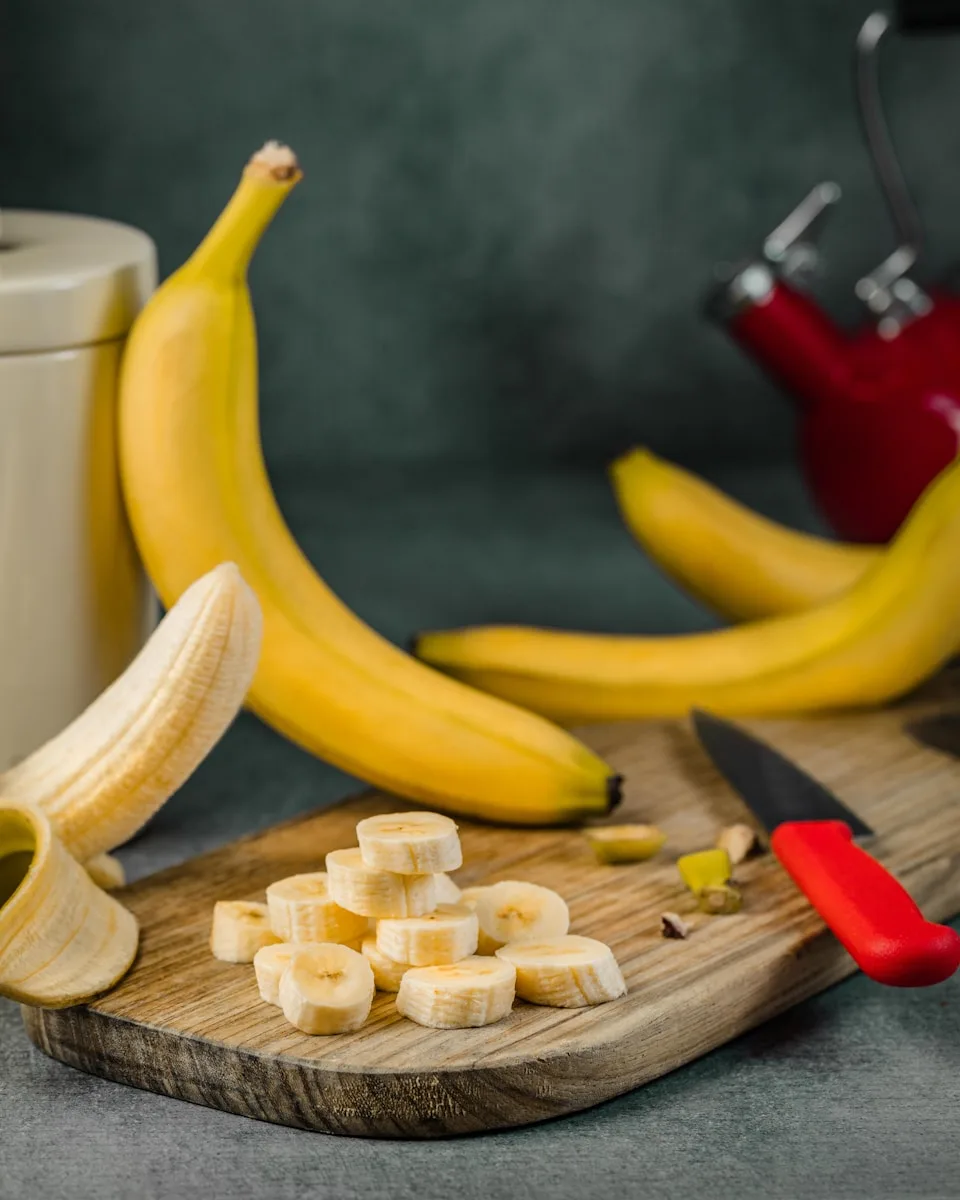
Table of Contents
Despite their best efforts, many gardeners find it difficult to grow strong tomato plants. An important factor in growing delicious tomatoes is getting them the right nutrients and creating the right growing environment. Fortunately, there is a really handy fruit balance that can be helpful. The secret to bananas’ ability to support the growth of your tomato plants lies in their nutrient-rich makeup. The long, golden fruits are not only a tasty snack but also a great source of calcium, phosphorus and potassium, among other important minerals. Especially for tomatoes, these elements are essential for the growth and development of many plants.
There are two important benefits of using banana peels in your yard for healthy tomato plants. First of all, banana peel is an excellent source of potassium, which is an essential element for plant growth and fruit production. Potassium promotes vigorous tomato growth by aiding photosynthesis, regulating water transport within the plant, and enhancing disease resistance. Second, when they break down, banana peels can act as a natural fertilizer, releasing nutrients into the soil.
By increasing soil structure, moisture retention and microbial activity, this organic amendment enriches the soil and creates ideal growing conditions for healthy tomato plants. To reap these benefits and boost the growth and production of your tomato plants, simply shred banana peels or bury them around the base of the plants.
Additionally, you can make nutrient-rich compost from banana peels or make an irrigation solution using banana water. These techniques are not only cheap and environmentally beneficial but also easy to use. Learning this unconventional gardening tip will help your tomato plants grow and reduce food waste and the need for chemical fertilizers.
Enhancing Tomato Growth With Banana Peels

Cut banana peels into small pieces to make compost. Place the shredded bark in a compost container or designated area in your yard. Once the bark is broken, you can replace the soil around your tomato plant with nutrient-rich compost. As an alternative, you can immediately add banana peels to the soil around your tomato plants. Make sure the peels are not in direct contact with the stems by placing one near the base of each plant. Nutrients from the bark break down and leach into the soil, providing a constant supply of essential nutrients to tomatoes as they grow.
Make a banana water solution to use in your normal watering schedule for an extra boost. To speed up the process, you can chop or mix the peels before adding the water. Let rest in a cool, dry place for two or three weeks. Then, remove the peels and use the liquid to water your tomato plants.
Precautions And Tips For Thriving Tomato Plants

To get the most out of your gardening efforts, keep the following in mind if you want to feed your tomato plants with banana peels. For example, it is preferable to have organic bananas wherever possible. Conventional bananas can contain dangerous chemicals and pesticide residues that can harm your plants and the surrounding ecosystem. Despite being an excellent source of potassium, tomatoes do not get all the nutrients they need from banana peels. It is advisable to use them in addition to other organic materials such as compost to create a balanced approach.
To get the most out of your gardening efforts, keep the following in mind if you want to feed your tomato plants with banana peels. For example, it is preferable to have organic bananas wherever possible. Conventional bananas can contain dangerous chemicals and pesticide residues that can harm your plants and the surrounding ecosystem. Despite being an excellent source of potassium, tomatoes do not get all the nutrients they need from banana peels. It is advisable to use them in addition to other organic materials such as compost to create a balanced approach.
Read this next: How House Plants Can Be Beneficial To Your Health
READ | What happens to your gut health if you eat a lot of bananas?

